It Turns Out the Sky IS Falling
Asteroids and satellites, oh, my! Two reports warn us to cast a wary eye above as space debris -- natural and man made -- drops from the sky. But don’t over-fret: Odds of getting hit are very small, though experts warn that the right-size asteroid would cause major damage.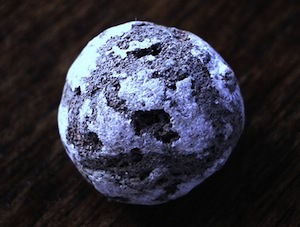
A European Space Agency satellite has run out of power and is expected to break orbit and fall to Earth somewhere, sometime over the next few days. Ironically, its mission was to map — gravity.
Although experts say they don’t know for sure when or where the satellite will fall, they expect sizable chunks to make it to the Earth’s surface. Odds favor a water landing, and they say the chances that a person will be hit by the falling debris are, well, astronomical. According to The Guardian:
The spacecraft in question is the European Space Agency’s Gravity field and steady-state Ocean Circulation Explorer (GOCE) mission. Since 2009, GOCE has been measuring the Earth’s gravitational field with exquisite sensitivity.
To do this it has maintained an extremely low orbit of about 280 kilometres. Now that the fuel is gone, there is no way for it to fight the gravitational field it has been mapping. Mission controllers knew that an uncontrollable fall would be the inevitable end of the mission. So, why would they take such a risk?
The answer is simple. It is because there are so many natural meteorites falling to Earth that this satellite presents almost no danger.
One imagines a quaint epitaph for the poor person who beats the lottery-like odds and takes a hunk of space junk to the head: “They said not to worry…”
But there are some reasons to worry, if only because of the amount of material governments and now private companies have been launching into orbit (the movie “Gravity” had an undercurrent of reality to it; there’s a lot of junk floating around up there). Since the GOCE was launched, scientists have decided that it makes more sense to add some extra fuel and equipment that allows them to control the descent of more recently launched satellites, and steer them to the ocean.
A more significant concern comes from space itself: asteroids. A new report suggests that scientists don’t know as much as they thought they did about how many asteroids share the solar system with us — or how many pose a real risk of colliding with the Earth. Note the damage from the 60-foot-wide asteroid that exploded in the atmosphere over Chelyabinsk, Russia, last year. At the time, scientists called it a once-every-200-years event. But now that they have studied it further, they’ve come to believe such events could occur every 10 years.
Scientists think they have found 95 percent of the large, civilization-ending near-Earth asteroids — those at least a kilometer wide — but don’t have a firm grip on the number of smaller space rocks zipping around out there. They hope a proposed space telescope nicknamed Sentinel, being pushed by the private B612 Foundation directed by former NASA space shuttle astronaut Dr. Edward T. Lu, would help fill that knowledge gap. And there are significant repercussions should one of them strike Earth. According to The New York Times:
A 450-foot-wide asteroid, Dr. Lu said, would be equivalent to 150 million tons of TNT. “You’re not going to wipe out humanity,” he said, “but if you get unlucky, you could kill 50 million people or you could collapse the world economy for a century, two centuries.”
Dr. Lu said astronomers had found only 10 to 20 percent of the near-Earth asteroids of that size.
Sentinel would also spot many smaller ones that could still be devastating. “What we’ve been talking about are the ones that would only destroy a major metropolitan area — all of New York City and the surrounding area,” Dr. Lu said.
The United Nations General Assembly will vote next month on a couple of recommendations on how to deal with asteroid threats. The world has had little luck getting governments together to deal with global warming, let alone sustained peace. But with nobody making money from falling asteroids, maybe this subject stands a chance of some international cooperation.
—Posted by Scott Martelle.
Your support matters…Independent journalism is under threat and overshadowed by heavily funded mainstream media.
You can help level the playing field. Become a member.
Your tax-deductible contribution keeps us digging beneath the headlines to give you thought-provoking, investigative reporting and analysis that unearths what's really happening- without compromise.
Give today to support our courageous, independent journalists.
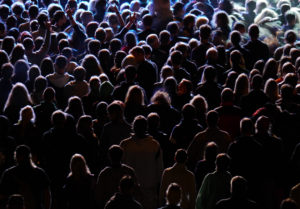

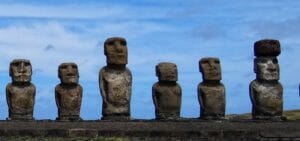
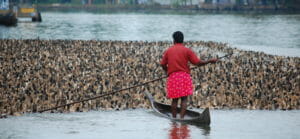
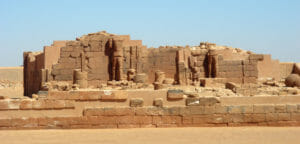
You need to be a supporter to comment.
There are currently no responses to this article.
Be the first to respond.